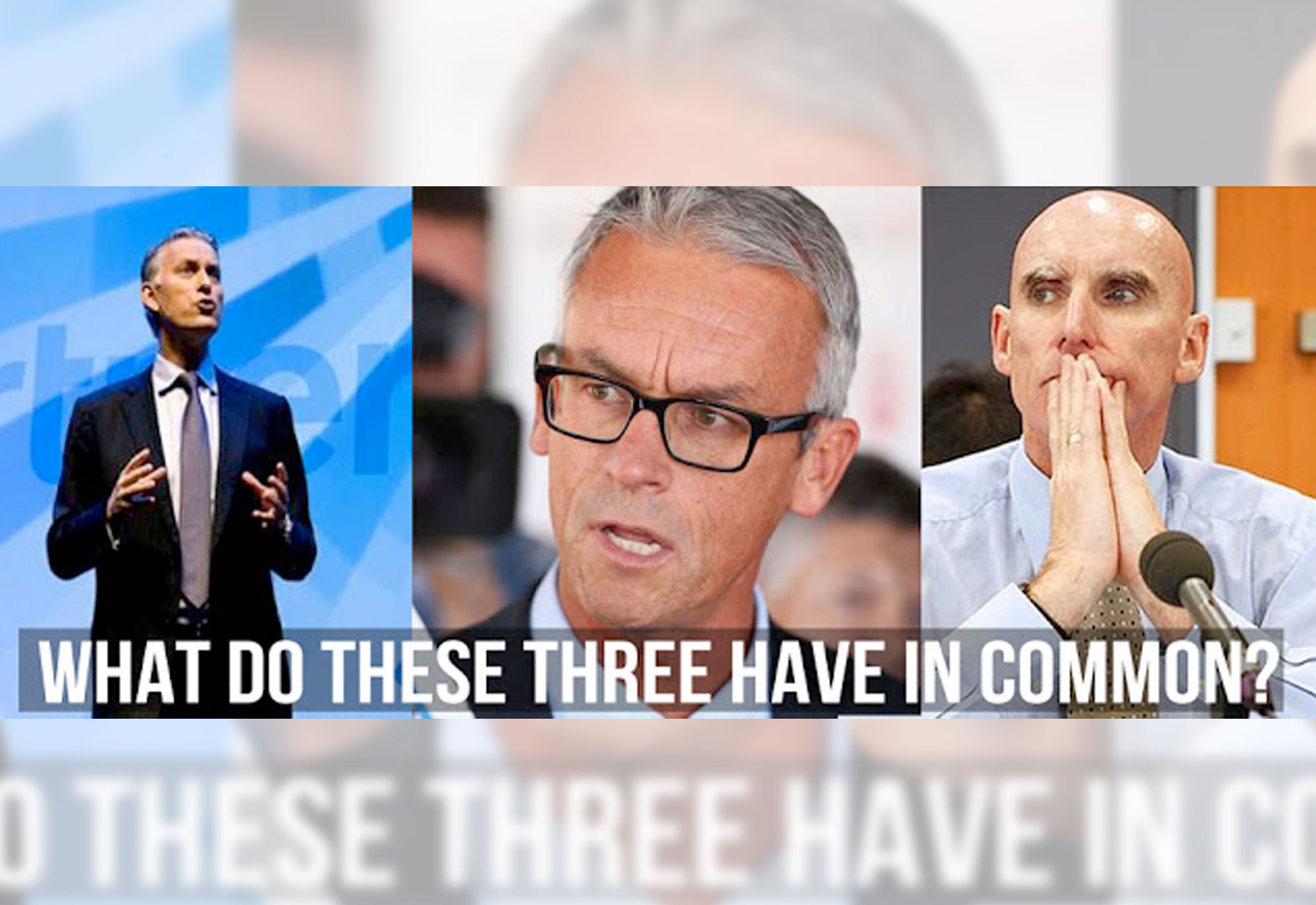
09 Nov When a Butterfly Flaps its Wings…Big Data style…Financial Market Risk in Play
Know more of our DIGITAL & ICT STRATEGY capabilities.
One of the biggest and most pressing issues in the financial and trading industry today is meeting all the challenges connected to high frequency trading or HFT. HFT is an ultra-fast, computerised segment of finance that is now accounting for most trades. Last May 2010, HFT was one of the reasons why the Dow Jones Industrial Average suffered from a sudden fall or a “flash crash”. This type of trading, however, is very different now from what it was three years ago because of one element — Big Data.
Big Data is a term used to refer to data sets that are too complex and large that they cannot be managed by just standard software alone. The financial market produces some of the biggest data of all with the trades, quotes, consumer research, earnings statements, polls, news articles, and official statistical releases involved.
When things go crash people go crazy.
Different generations of HFT have their different approaches as demonstrated by the unsophisticated speed exploits price discrepancies that the first generation of HFT had. Recent profits, in comparison with 2009, from the ultra fast trading firms were reported to be 74 percent lower by the Rosenblatt Securities, proving that being very fast is simply not enough now. Lawrence Berkeley National Laboratory’s Marcos Lopez de Prado have argued that more and more HFT companies are putting their hopes on what is called “strategic sequential trading” which consists of algorithms that analyse financial Big Data in order to identify footprints left by certain market participants. For instance, when a mutual fund executes large orders in the first second of every minute before the closing of the market, the algorithm will be able to detect that pattern and anticipate that the fund will continue following that trend for the rest of the trade.
This type of HFT, however, can go wrong as reflected by what is referred to as the “hash crash” that happened on April 23, 2013. During this incident, a market drop happened because of a bogus tweet sent by the Associated Press talking about a terrorist attack on Barack Obama. It is different from the incident that happened on May 2010 since it was not caused by rapid sales creating more sales. Instead, it was triggered by a speed crash—specifically a Big Data crash.
Two years ago, it became common for hedge funds to get their market sentiment from whatever happens in social media. Here, trading algorithms based from messages posted on social media sites such as Twitter, Facebook, blogs, and chat rooms are used to detect demand trends that might be related to certain companies. The downside is that these algorithms are making guesses on new information based on small sets of data. Recent months have also seen an increase on developing algorithms that do orders as soon as unexpected and unscheduled information is suddenly published such as terrorist attacks and natural disasters.
The bad news is that addressing this problem will need the ability to understand the mutating Big Data brings. The good news, on the other hand, is that regulators entirely acknowledge the need for the market to adapt to this problem. Commissioner of the Commodity Futures Trading Commission (CFTC) Scott O’Malia recently said in a Big Data Finance Conference that something needs to be done about the fact that “reckless behaviour” is now used in exchange of “market manipulaton.” Even though trading using information collected from social media may be accepted, pre-loading sweeping market orders just because an algorithm detected something different is considered reckless.
The question now is how can regulators make sure that trading participants use Big Data in a responsible way? The CFTC have considered before whether regulators should start certifying the algorithms of traders. This, however, posed the potential for interference and intellectual property theft. A compromise proposed was for market participants to set real-time indices that track what is deemed reckless behaviour instead. Once a trader crosses thresholds, he would be prosecuted. These indices, of course, will evolve with the market and can be defined in consensus by the market participants.
Big Data has been transforming markets the past few years. However, there is also the need to transform with them, especially when it comes to their appropriate regulation. This defines the challenge for those who find themselves lagging behind the speed of these changes, with government naturally amongst them.












